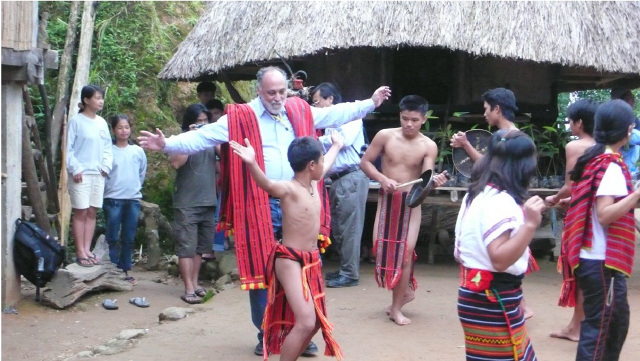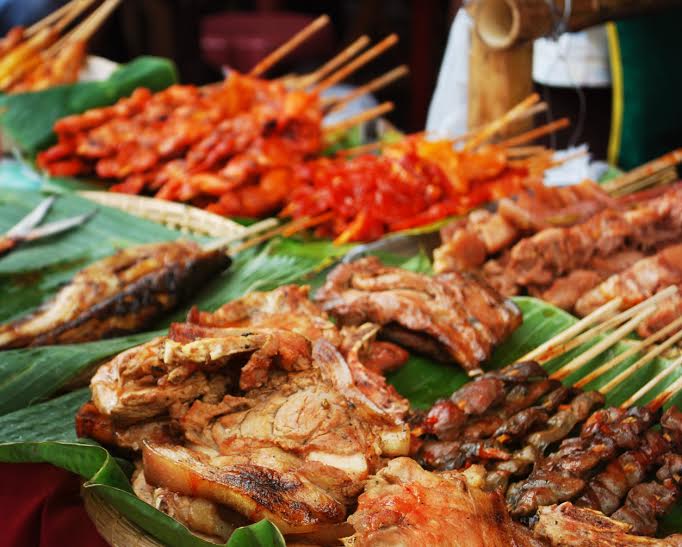3 Most Common Misconceptions about the Philippines
The Philippines is one of the emerging economies in Asia. It has become a regional star in the South East in terms of economic stability and growth.
Tourism has become one of the country’s most important economic sector. Philippines has its fair share of tourists and it has been steadily growing since the new millennium.
Interestingly, despite the Philippines’ economic boom and increasing popularity as a tourist destination, there are still plenty of prevalent misconceptions about the land and its people.
Here are three of the most common myths about Philippines:
1. Filipinos are not English literate
A huge number of people from other countries still think that the Philippines is a non-English speaking country. This is rather surprising (and frustrating) particularly for the Filipinos since they pride themselves as the English language connoisseurs of Asia.
In fact, the Philippines is recognized as the call centre capital of the world mainly because of its competent English speaking workforce. Filipinos also have neutral accents which made them more effective.
Most Filipinos, even those with little to no education, understand and speak English. English speaking tourists could ask for directions from any city folk. Taxi drivers, security guards, sales people, peddlers, and etc — they all use English with relative ease.
Unlike most Far East Asian countries, English is a way of life for the Filipinos and not just a subject to learn. It’s considered an official language and embedded in the culture. People there patronize English films and publications. Instructions and laws of the land are indicated in English.
2. The country is not safe
Past incidents in the far south islands has given people a false impression about the risks of travelling through the rest of the country. Although it’s true that there had been untoward events from the past which caused the unfortunate reputation, most of these incidents were isolated, special cases and definitely not the norm in the Philippines. These are likely overblown news bits.
Philippines is an archipelago of more than 7000 islands. True, there are pockets of violence in selected areas but every country is the same, and majority of the Philippines is generally safe for tourists. Yes, even in the South where most of the so-called violence comes from.
Davao, a prominent city South of the country, is known to be one of the safest cities in Asia.
After all, using the word “safe” when travelling to other countries is rather ironic because wherever you want to travel, even if it’s to a first world nation, there are always risks involved.
Nevertheless, with strong governance, Philippines has become tourist-friendly nation and tourist safety is a top priority
3. Food is too exotic to enjoy
Philippines has its share of exotic food. Perhaps the most popular is the “Balut” — a boiled duck embryo that is still inside the eggshell.
Apart from Balut, other unusual delicacies are not that common in the Philippines believe it or not. Filipinos may be familiar of such food and may know where to get them but not everyone likes them.
Over the years, Filipinos have an acquired taste for Western food (mainly American and Spanish). Chinese cuisine, Malay, and Latin influences are also evident. In any Philippine city, Westerners would not have too much trouble finding a restaurant that would fit their tastes.
Perhaps the most noticeable is the Filipino’s taste for animal parts that are usually discarded in other countries. For them, almost no part of the pig or chicken is put to waste. They cook and eat the liver, guts, and gizzards. Blood, pig tongue, pig ears, chicken feet, etc… almost every part imaginable.
You would often see these being roasted and served in the streets and this is by far the most visible, readily available exotic food in the Philippines.
Native Filipino food is actually not difficult to like. Adobo, for instance, is actually embraced by other cultures. Other dishes are vegetable or seafood based. Other than these, you can get burgers, fries, pizzas, pasta in every corner of a Philippine city.







Leave a Reply
Want to join the discussion?Feel free to contribute!